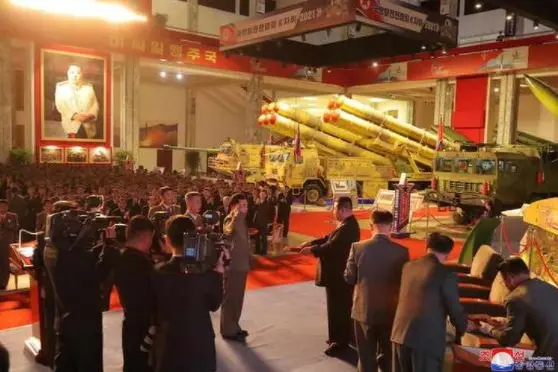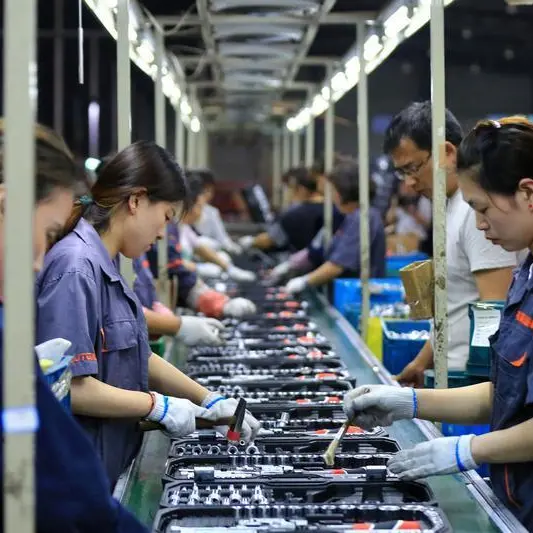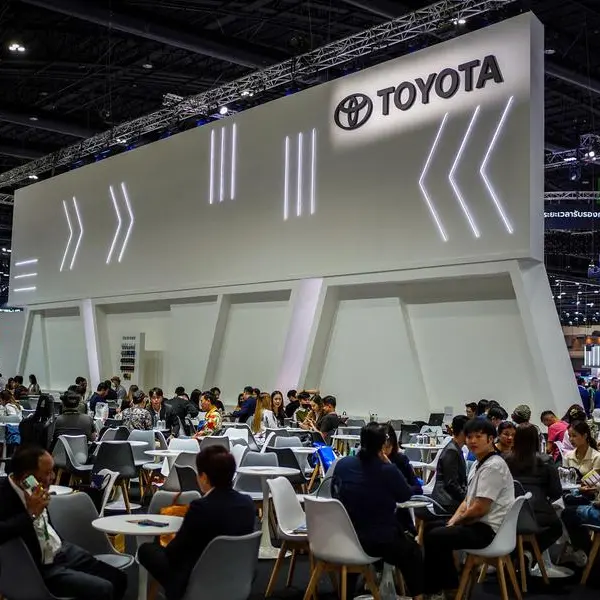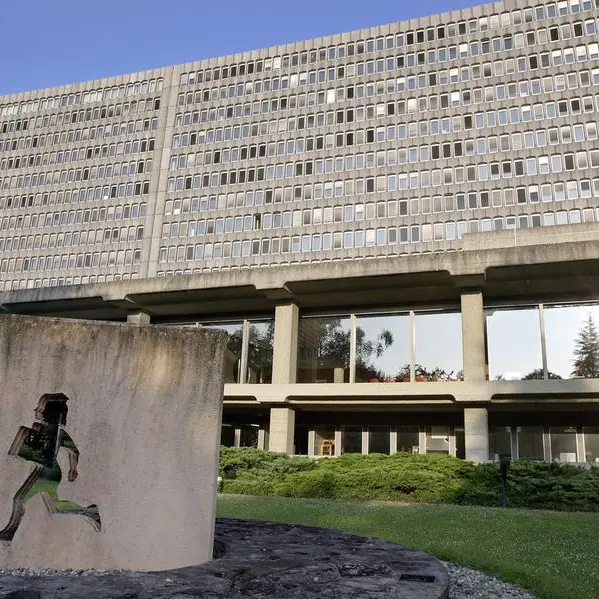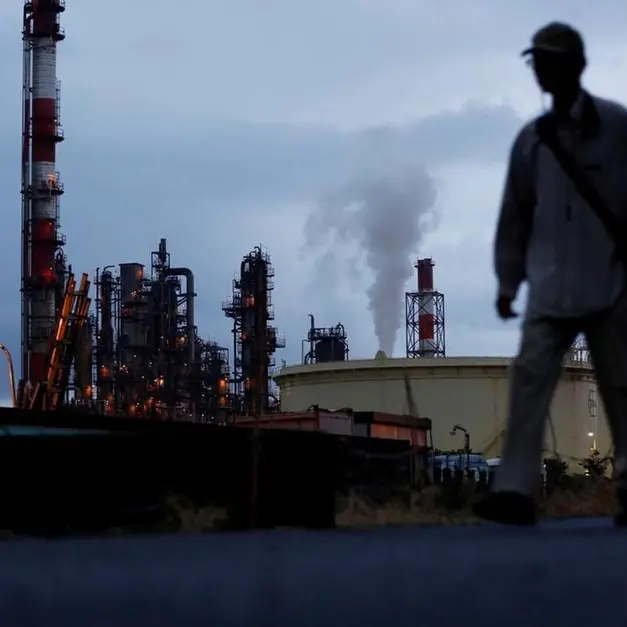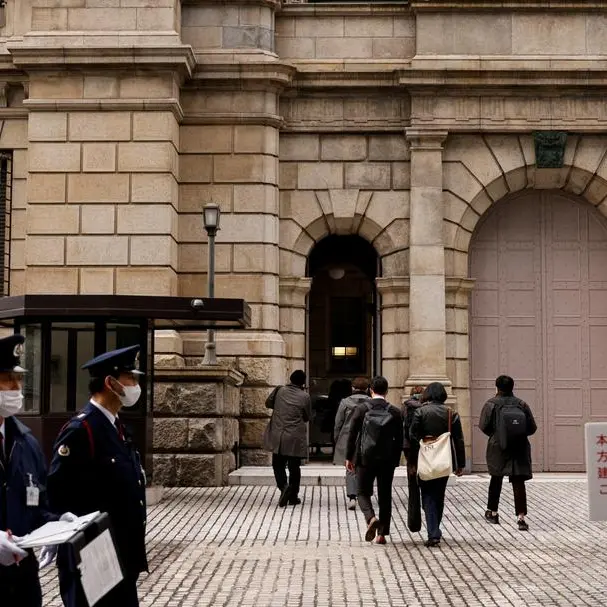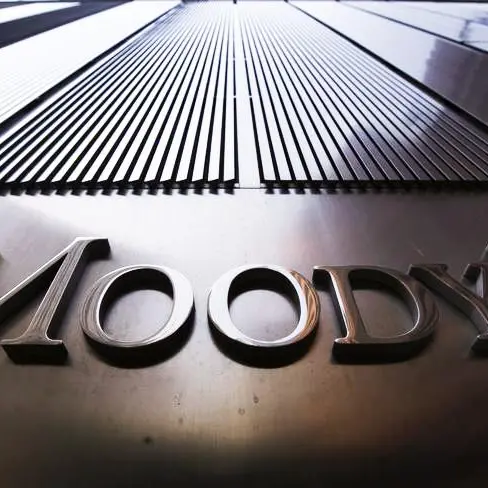PHOTO
North Korean leader Kim Jong Un is attempting to push his country forward on several fronts, creating a new era for himself and his country. The launch of multiple advanced missiles this year is cause for concern, along with Kim’s break from the legacy of his father and grandfather.
It is probably the latter point that is most important now. Last week, Kim convened an outdoor national meeting in the city of Samjiyon to celebrate what would have been the 80th birthday of his late father and predecessor Kim Jong Il. The location was important: Kim Jong Il was born in a secret camp at Mount Paektu, near Samjiyon, on Feb. 16, 1942, while his father and founding leader Kim Il Sung was fighting the Japanese.
At the ceremony, Kim said that his father was a “stepping stone” leader who left a “revolutionary legacy” for him to carry forward. Moreover, the North Korean leader had the country’s chief propagandist, Ri Il Hwan, praise the late Kim for building up the military to challenge “US imperialists.” He also said the elder Kim’s strict ideological policies helped to maintain the ruling party’s power and fight off “the peak of anti-socialist madness in the 1990s,” leading people to voluntarily undertake great suffering in what is known outside of the country as the “great famine.” What Pyongyang’s leader is saying is that North Korea is entering a new era: His era. Kim’s weight loss and the fact he is being seen out in public more with his wife, Ri Sol Ju, puts a more modern stamp on the leadership.
Accompanying this new approach, of course, are North Korea’s tests of almost a dozen missiles in 2022. Pyongyang now appears to have hundredsof short, medium, and long-rangemissiles. Its biggest are large enoughand have enough throw-weightto reach the US or Europe with improved accuracy. The advent of hypersonic missiles in the North Korean arsenal is an important part of this new assertiveness.
Research shows that North Korea’s hypersonic missiles are fast and maneuverable, which can help them slip past missile defenses. Under Kim’s direction, North Korea is also developing improved launch capabilities. It has placed missiles on trains, trucksand traditional gantry platforms. Pyongyang is also trying to mount missiles on submarines in order to advance their ability to project and hide underwater. Moreover, North Korea is working on solid-fuel capabilitiesfor shorter launch windows than possible with liquid-fueled rockets. In short, North Korea is building up a full-spectrum missile program.
It is important to remember that, in 2017, North Korea achieved the core competence of a North American strike capability. That is, Pyongyang successfully tested an intercontinental ballistic missilelarge enough to reach the US with a nuclear weapon. Further technological advances appear to have been unveiled on Jan. 5 and Jan. 11, involving a previously unknown capability: A hypersonic missile.
In both of last month’s flight tests, the hypersonic glide vehicle separated from its booster after traveling 600 km. Subsequently, these missiles flew a gliding trajectory, during which they made a turn, before hitting a target about 1,000 km from the launch site. Following the second of these tests, the Korean Central News Agency published images of Kim in front of a screen showing a drawing of the vehicle’s planned trajectory. The initial heading pointed toward Japan, but it subsequently turned north and achieved Mach 10.
North Korean hypersonic weapons leave limited options for defending Japan and the US bases it hosts. The missile-type trajectory is too low to be intercepted by the US’ RIM-161 Standard Missile 3, as the North Korean missile never leaves the atmosphere. It is also unpredictable and too high to be intercepted by surface-to-air missiles that steer using aerodynamic controls, while lower-tier interceptors such as America’s Patriot system can only cover relatively small areas. The only practical upper-tier interceptor would be the Terminal High Altitude Area Defense system, which has a larger footprint and thrusters for its flight control.
Interestingly, funding Kim’s “new order” and the country’s hypersonic advances is Pyongyang’s quite successful cyber and crypto capacity. Pyongyang’s cyberattacks have stolen millions of dollars of cryptocurrency to fund the country’s missile programs. Between 2020 and mid-2021, the country’s cyberattackers stole more than $50 million of digital assets, according to the UN. They targeted at least three cryptocurrency exchanges in North America, Europe and Asia and could have netted up to $400 million. The ability for Pyongyang to fund its missile advances with Fourth Industrial Revolution financing is testimony to how advanced it might be, considering the country’s international status.
Overall, Kim is moving himself and North Korea further onto the world stage with these advanced weapons tests. This is already proving to be a key year for Pyongyang and it will certainly attempt to take advantage of the strategic distractions occurring in Eastern Europe by continuing this more assertive behavior — up to and possibly including testing a nuclear weapon at some juncture. North Korea conducted nuclear tests in 2006, 2009, 2013, twice in 2016 and in 2017, so perhaps another could advance Kim’s global agenda.
- Dr. Theodore Karasik is a senior adviser to Gulf State Analytics in Washington, D.C. Twitter: @tkarasik
